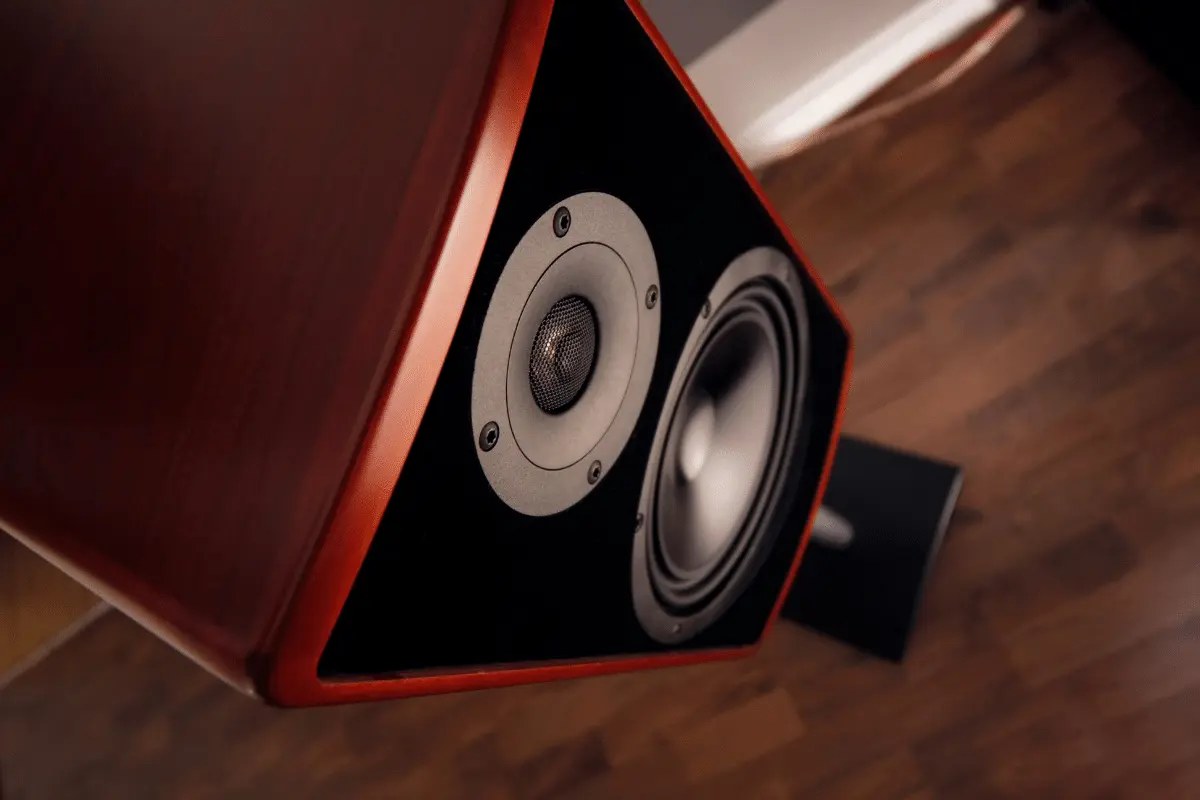Technological devices have always functioned in a particular way; beginning small and expanding big. It is either in the beginning, it will be too expensive that only the rich can buy, or it is made to solve a problem for people of a particular profession.
Either way, in the long run, it becomes available to almost everyone (not limited by purchasing power or profession) that its use spans all walks of life, including pleasure.
One device that has not broken the trend is in-ear-monitors (IEMs). They are called monitors because they were originally developed for musicians and entertainers to “monitor” various audio sources in different places. Singers also used them to listen to an instrumental guiding track as they recorded vocals.
In this article, we will be answering the question “can you use in-ear monitors as headphones?” read on to learn more.
What are in-ear monitors?
In-ear monitors (IEMs) are just like a set of headphones, but the difference lies in how each is worn. In-ear monitors create a barrier between your eardrum and the outside world, hence, preventing environmental noise from interrupting your intended sound.
This means that IEMs can be run more quietly for better sound quality and less ear fatigue than normal headphones.
Singers used them to listen to an instrumental guiding track as they recorded vocals. Artists and media personnel usually have IEMs specially fitted to the shape of their ears. IEMs are now widely available to the general public.
For every sort of listener, stores offer a wide range of pricing, designs, and sound characteristics. They’re most likely to be found in your local audio store or music store.
Can in-ear monitors be used as headphones?
Recently, in-ear monitors have become very popular around the world. Most people are becoming more comfortable using them as headphones than normal headphones because of the following reasons.
There are a lot of benefits to using an IEM as your daily audio-listening device.
Audio quality.
Even if you are using IEMs for normal listening purposes, you’ll likely realize a significant difference (more bass, more clarity in your sound, and a higher range of frequency) in the audio quality between a regular pair of earbuds and an in-ear monitor.
This is not an exhaustive list of the differences but just a few things you can expect.
Shape.
The way IEMs are shaped to your ear and the ear tips’ fit also allow you to experience a fuller range of sound. Most normal headphones prevent airflow in and out of the user’s ear, so your ears and the surrounding area become hot and sweating due to increased temperature.
Normal headphones can also be heavier than IEMs. IEMs are lightweight and comfortable to wear for longer periods.
Noise-cancellation.
In-ear monitors usually don’t have active noise canceling, however, they block most noise from your surrounding environment. This means even at low volumes, it’s unlikely you’ll hear any noise interference in your environment.
Therefore, you can play audio at a reasonable level while maintaining noise-cancellation properties. This is not achievable with normal headphones.
Auditory damage.
By auditory damage, we mean the damage caused to the eardrum when exposed to high volumes. Though IEMs have more proximity to the eardrum, they may be thought to cause auditory damage.
However, this is not so if they are properly worn and a low volume maintained. IEMs are just as harmless as normal headphones, in fact even less harmful.
What are the shortcomings of IEMs?
In as much as there a many reasons permitting IEMs to be used as headphones, there are a few things to check with them that can make them disadvantageous.
Possibility to cause eardrum injury.
Since the IEMs are made to fit tight into the pinnae of the ear, the audio can be quite close to your eardrum because these gadgets are tightly inserted into the ear canal.
It has the potential to harm the eardrum or induce hearing loss if used incorrectly.
Not easy to find the right fit.
You’ll need the appropriate fit to get the most out of your IEMs’ improved listening experience. This entails determining the proper tip size and placing it into the ear canal.
Finding the right tip to keep the gadget from sliding out could take some time and patience that some people may find unworthy of it.
It can be inconvenient to use.
It can take some time for you to become used to wearing IEMs in your ears. You may discover that they are uncomfortable to wear (some may even harm your ears), and purchasing a pair that is meant for comfort will be more expensive.
A standard headphone jack is may be required by many.
Although wireless solutions are available, many IEMs still need a conventional cord with an audio connector. When making your decision, make sure to check for this.
Maintaining a Safe Volume Limit.
Although IEMs provide noise attenuation, they aren’t perfect. There’s a risk of cranking up the volume levels beyond the threshold of safe hearing with high enough ambient noise.
What are the differences between in-ear monitors and headphones?
Even though IEMs can be used as headphones, there are a few differences that exist between them worth noting. Below are the differences
Note however those headphones cannot be used technically as IEMs.
Cost.
IEMs can be quite more expensive than headphones.
Convenience.
Headphones usually cover your entire ear and part of your head, IEMs on the other hand
are fitted almost into the auditory canal.
Noise cancellation.
In-ear monitors block out all external noise, which will allow you to focus only on your audio. This is great and permits you to listen to every aspect of your music and give it 100% of your attention.
In-ear monitors have transmitters and receivers, headphones can have just the receiver. The two also differ in terms of function.
Conclusion.
The advancement in technology can, at some point, get you confused about which electronic device to use for which purpose. Before you decide on using any electronic gadget, be sure your purpose for the device is clearly defined.
For some devices, ignoring their technical functions can qualify them to be used in the place of other gadgets. However, care must be taken and if necessary, seek professional advice before you use any device for a function different from its intended purpose.





Leave a Reply
You must be logged in to post a comment.